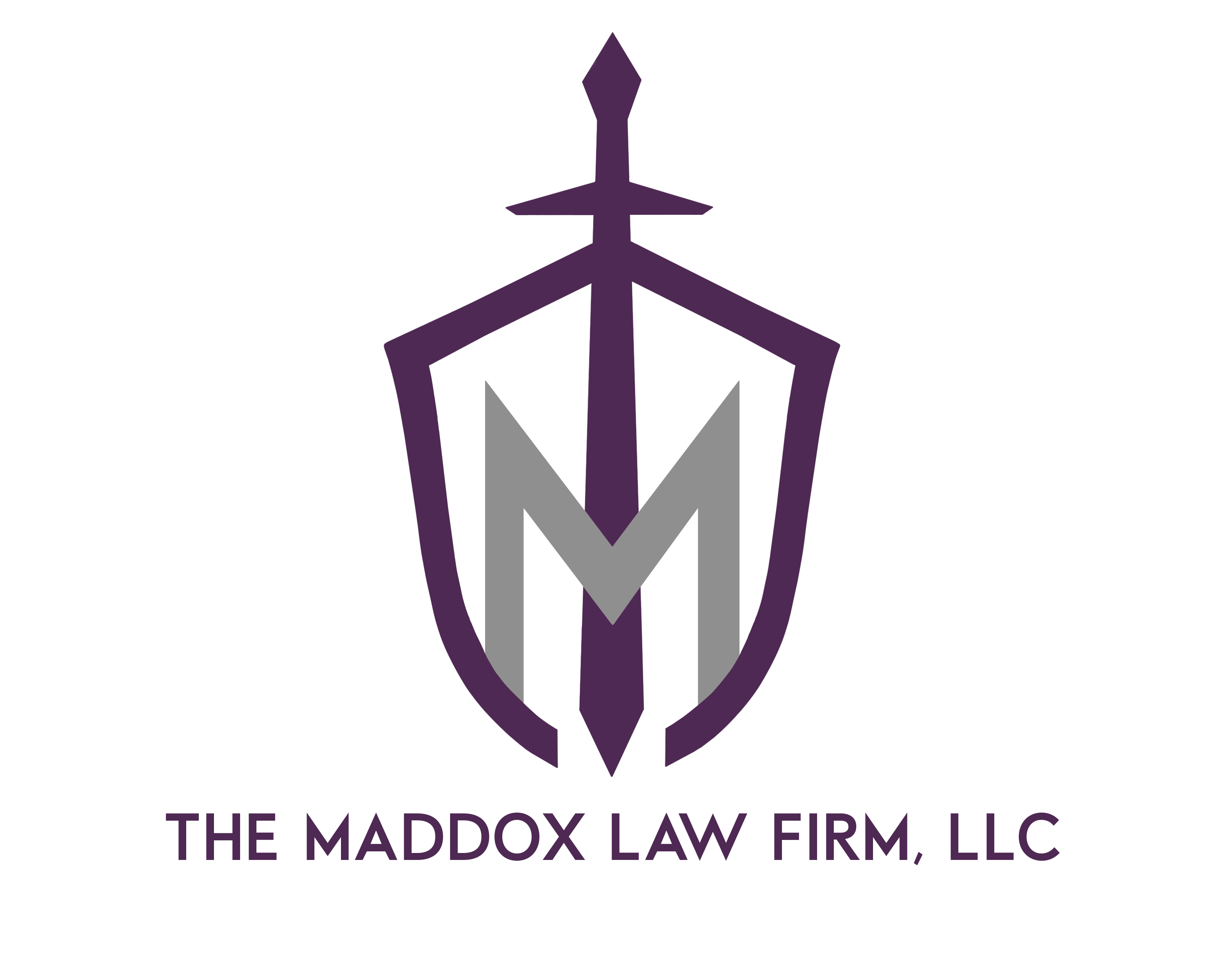First things first – If you’re served with a Connecticut Order of Relief from Abuse, you’ll have to obey it at least until you’re represented by an experienced law firm at a hearing to argue against the order.
If you’ve applied for a Connecticut Relief from Abuse and you expect the opposing party to be represented by a lawyer, you should also obtain legal representation.
An Order for Relief from Abuse is different than a Protective Order. The first is a civil court application and the second is a criminal court order after an arrest that alleges domestic violence.
A Connecticut Application for Relief from Abuse can be granted ex parte which means that a judge can grant it immediately without any notice to the alleged abuser and without a hearing. That hearing is then scheduled fourteen days after the ex parte granting of the order.
In order for a court to grant an Application or Relief from Abuse, a judge must find that the applicant is under an immediate and present physical danger to the applicant, their children and, or animals kept by the applicant.
If granted, a Connecticut Application for Relief from Abuse is in effect for one year. It can also be extended by the court past one year.
An Order of Relief from Abuse, like a Connecticut Criminal Protective Order can require that the Respondent not contact the applicant in any way, including through third parties. The Respondent can be ordered to not enter the residence originally shared by the applicant and respondent and not go to the applicant’s place of work.
It is important also to know that Connecticut permits an applicant for a Relief from Abuse to ask the court to enter certain financial orders, such as requiring a respondent to pay rent, a mortgage, health and auto insurance and child support.
Like a Connecticut Criminal Protective Order, an alleged violation of a Relief from Abuse can result in arrest and a felony charge.
Connecticut Criminal Protective Orders differ from An Order of Relief from Abuse in that they are imposed without a request by an alleged victim. They are ordered by a Court after an arrest for domestic violence. Protective Orders take the following three forms:
1. Full Protective Order, which means absolutely no contact of any kind, including through third parties;
2. A Limited Protective Order, sometimes referred-to as a “stay away” order that permits contact, but prohibits the respondent from entering the applicant’s home or workplace;
3. A Partial Protective Order, which permits contact between the applicant and the respondent, but prohibits assault, harassing, threatening, intimidating or stalking the respondent.
It is ESSENTIAL THAT YOU UNDERSTAND that you have a right to a hearing when a court imposes a criminal protective order. Make sure that your law firm knows how to prepare for that hearing, present witnesses, cross examine witnesses and present the right evidence for you.
A respondent to either an Order of Relief from Abuse, or a Protective Order is allowed to return to the residence that was shared with the applicant or alleged victim one time in order to collect necessary items such as clothing. For that one-time visit, you should do so in the presence of a police officer or a Connecticut Marshal.
[nap_names id=”FIRM-NAME-3″] represents people on all sides of Applications for Relief from Abuse and Criminal Protective Orders. The circumstances that give rise to such orders are always heated and usually complicated. There is a great deal at stake, including not only relationships and access to children, but also employment, property and other financial interests. If you are either a potential applicant for a Relief from Abuse or a respondent, contact the Maddox Law Firm today.




